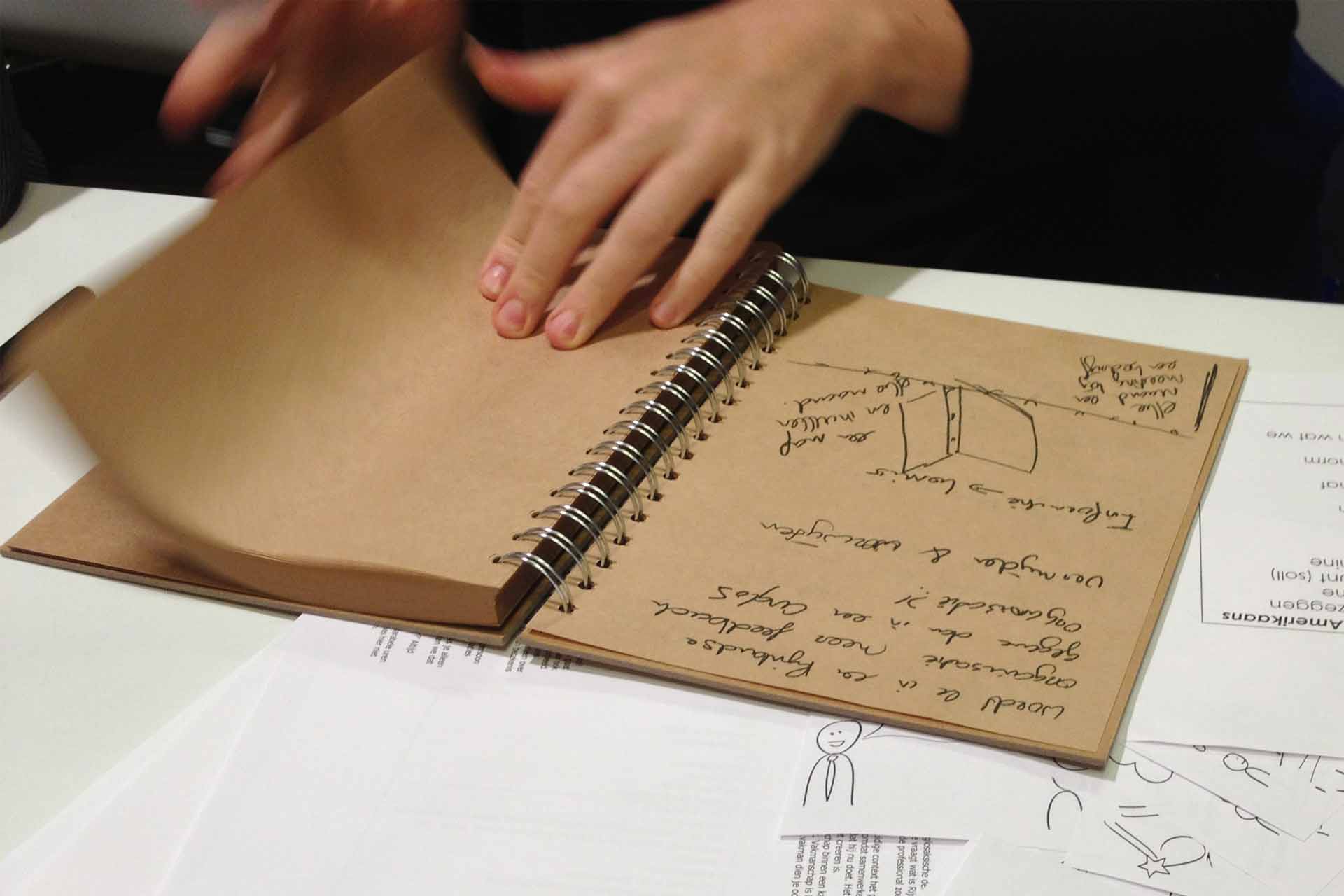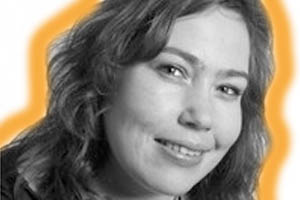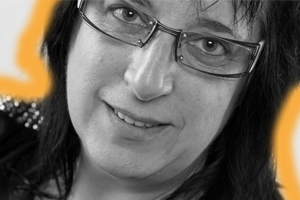| Categories | Primary Assertion | Key concepts | Six P’s focus | Level of Magnitude | Major studies and examples |
| Developmental | Creativity develops over time (from potential to achievement); mediated by an interaction of persons and environment. |
|
Person, Place, Potential, & Product | Mini-c to Pro-c |
Helson (1990) Subotnik & Arnold (1996) Albert & Runco (1989)
|
| Psychometric | Creativity can be measured reliability and validly; differentiating it from related constructs (IQ) and highlighting its domain-specific nature. |
Reliable and valid measurements Discriminant validity Thresholds Domain specificity |
Primarily product | Little-c to Big-C |
Guilford (1968) Wallach & Kogan (1965) |
| Economic | Creative ideation and behavior is influenced by “market focus” and cost-benefit-analyses. |
Influence of macro-level factors Psychoeconomic perspective Markets of creativity Investment decisions |
Person, Place, Product, Persuasion | Little-c to Big-c |
Rubenson & Runco (1992, 1995) Florida (2002) Sternberg & Lubart (1992, 1995) |
| Stage & Componential Process | Creative expression proceeds through a series of stages or components; the process can have linear and recursive elements. |
Preparation stages Incubation and insight Verification and evaluation Component mechanisms |
Primarily Process | Mini-c to Big-C |
Wallas (1926) Runco & Chand (1995) Amabile (1999) |
| Cognitive | Ideational thought processes are foundational to creative persons and accomplishments. |
Remote association Divergent/convergent thinking Conceptual combination, expansion Metaphorical thinking, imagery Metacognitive processes |
Person & Process | Little-c to Big-C |
Mednick (1962) Guilford (1968) Finke, Ward & Smith (1992) |
| Problem-Solving & Expertise-based | Creative solutions to ill-defined problems result from a rational process, which relies on general cognitive processes and domain expertise. |
Ill-defined problems Cognitive, computational approach Expertise-based approaches Problem representation & heuristics |
Person, Process, & Product | Little-c to Big-C |
Ericsson (1990) Simon (1981, 1989) Weisberg (1999, 2006) |
| Problem Finding | Creative people proactively engage in a subjective and exploratory process of identifying problems to be solved. |
Subjective creative processes Exploratory behaviors On-lin discovery |
Proces, Person, & Potential | Primarily Mini-c |
Getzels & Csikszentmihaly (1976) Runco (1994) |
| Evolutionary (Darwinian) | Eminent creativity results from the evolutionary-like processes of blind generation and selective retention. |
Chance-configuration Blind generation of ideas Selective retention of ideas Equal-odds rule Social judgment and chance |
Person, Process, Place, & Product | Primarily Big-C |
Campbell (1960) Simonton (1988, 1997) |
| Typological | Creators vary along key individual differences, which are related to both macro- and micro-level factors and can be classified via typologies. |
Individual differences Categories of creators Seekers versus finders Integrate multiple levels of analysis |
Primarily Person; but also Process, Product, & Place. | Little-c to Big-C |
Galenson (2001, 2006) Kozbelt (2008c) |
| Systems | Creativity results from a complex system of interacting and interrelated factors |
Evolving systems Network of enterprises Domain and field Gatekeepers Collaborative Creativity Chaos and Complexity |
Varying emphasis across all P’s. | Little-c to Big-C |
Gruber (1981a) Csikszentmihaly (1998a) Sawyer (2006) |
| Categories | Primary Assertion | Key concepts | Six P’s focus | Level of Magnitude | Major studies and examples |
| Developmental | Creativity develops over time (from potential to achievement); mediated by an interaction of persons and environment. |
|
Person, Place, Potential, & Product | Mini-c to Pro-c |
Helson (1990) Subotnik & Arnold (1996) Albert & Runco (1989)
|
| Psychometric | Creativity can be measured reliability and validly; differentiating it from related constructs (IQ) and highlighting its domain-specific nature. |
Reliable and valid measurements Discriminant validity Thresholds Domain specificity |
Primarily product | Little-c to Big-C |
Guilford (1968) Wallach & Kogan (1965) |
| Economic | Creative ideation and behavior is influenced by “market focus” and cost-benefit-analyses. |
Influence of macro-level factors Psychoeconomic perspective Markets of creativity Investment decisions |
Person, Place, Product, Persuasion | Little-c to Big-c |
Rubenson & Runco (1992, 1995) Florida (2002) Sternberg & Lubart (1992, 1995) |
| Stage & Componential Process | Creative expression proceeds through a series of stages or components; the process can have linear and recursive elements. |
Preparation stages Incubation and insight Verification and evaluation Component mechanisms |
Primarily Process | Mini-c to Big-C |
Wallas (1926) Runco & Chand (1995) Amabile (1999) |
| Cognitive | Ideational thought processes are foundational to creative persons and accomplishments. |
Remote association Divergent/convergent thinking Conceptual combination, expansion Metaphorical thinking, imagery Metacognitive processes |
Person & Process | Little-c to Big-C |
Mednick (1962) Guilford (1968) Finke, Ward & Smith (1992) |
| Problem-Solving & Expertise-based | Creative solutions to ill-defined problems result from a rational process, which relies on general cognitive processes and domain expertise. |
Ill-defined problems Cognitive, computational approach Expertise-based approaches Problem representation & heuristics |
Person, Process, & Product | Little-c to Big-C |
Ericsson (1990) Simon (1981, 1989) Weisberg (1999, 2006) |
| Problem Finding | Creative people proactively engage in a subjective and exploratory process of identifying problems to be solved. |
Subjective creative processes Exploratory behaviors On-lin discovery |
Proces, Person, & Potential | Primarily Mini-c |
Getzels & Csikszentmihaly (1976) Runco (1994) |
| Evolutionary (Darwinian) | Eminent creativity results from the evolutionary-like processes of blind generation and selective retention. |
Chance-configuration Blind generation of ideas Selective retention of ideas Equal-odds rule Social judgment and chance |
Person, Process, Place, & Product | Primarily Big-C |
Campbell (1960) Simonton (1988, 1997) |
| Typological | Creators vary along key individual differences, which are related to both macro- and micro-level factors and can be classified via typologies. |
Individual differences Categories of creators Seekers versus finders Integrate multiple levels of analysis |
Primarily Person; but also Process, Product, & Place. | Little-c to Big-C |
Galenson (2001, 2006) Kozbelt (2008c) |
| Systems | Creativity results from a complex system of interacting and interrelated factors |
Evolving systems Network of enterprises Domain and field Gatekeepers Collaborative Creativity Chaos and Complexity |
Varying emphasis across all P’s. | Little-c to Big-C |
Gruber (1981a) Csikszentmihaly (1998a) Sawyer (2006) |
| Categories | Primary Assertion | Key concepts | Six P’s focus | Level of Magnitude | Major studies and examples |
| Developmental | Creativity develops over time (from potential to achievement); mediated by an interaction of persons and environment. |
|
Person, Place, Potential, & Product | Mini-c to Pro-c |
Helson (1990) Subotnik & Arnold (1996) Albert & Runco (1989)
|
| Psychometric | Creativity can be measured reliability and validly; differentiating it from related constructs (IQ) and highlighting its domain-specific nature. |
Reliable and valid measurements Discriminant validity Thresholds Domain specificity |
Primarily product | Little-c to Big-C |
Guilford (1968) Wallach & Kogan (1965) |
| Economic | Creative ideation and behavior is influenced by “market focus” and cost-benefit-analyses. |
Influence of macro-level factors Psychoeconomic perspective Markets of creativity Investment decisions |
Person, Place, Product, Persuasion | Little-c to Big-c |
Rubenson & Runco (1992, 1995) Florida (2002) Sternberg & Lubart (1992, 1995) |
| Stage & Componential Process | Creative expression proceeds through a series of stages or components; the process can have linear and recursive elements. |
Preparation stages Incubation and insight Verification and evaluation Component mechanisms |
Primarily Process | Mini-c to Big-C |
Wallas (1926) Runco & Chand (1995) Amabile (1999) |
| Cognitive | Ideational thought processes are foundational to creative persons and accomplishments. |
Remote association Divergent/convergent thinking Conceptual combination, expansion Metaphorical thinking, imagery Metacognitive processes |
Person & Process | Little-c to Big-C |
Mednick (1962) Guilford (1968) Finke, Ward & Smith (1992) |
| Problem-Solving & Expertise-based | Creative solutions to ill-defined problems result from a rational process, which relies on general cognitive processes and domain expertise. |
Ill-defined problems Cognitive, computational approach Expertise-based approaches Problem representation & heuristics |
Person, Process, & Product | Little-c to Big-C |
Ericsson (1990) Simon (1981, 1989) Weisberg (1999, 2006) |
| Problem Finding | Creative people proactively engage in a subjective and exploratory process of identifying problems to be solved. |
Subjective creative processes Exploratory behaviors On-lin discovery |
Proces, Person, & Potential | Primarily Mini-c |
Getzels & Csikszentmihaly (1976) Runco (1994) |
| Evolutionary (Darwinian) | Eminent creativity results from the evolutionary-like processes of blind generation and selective retention. |
Chance-configuration Blind generation of ideas Selective retention of ideas Equal-odds rule Social judgment and chance |
Person, Process, Place, & Product | Primarily Big-C |
Campbell (1960) Simonton (1988, 1997) |
| Typological | Creators vary along key individual differences, which are related to both macro- and micro-level factors and can be classified via typologies. |
Individual differences Categories of creators Seekers versus finders Integrate multiple levels of analysis |
Primarily Person; but also Process, Product, & Place. | Little-c to Big-C |
Galenson (2001, 2006) Kozbelt (2008c) |
| Systems | Creativity results from a complex system of interacting and interrelated factors |
Evolving systems Network of enterprises Domain and field Gatekeepers Collaborative Creativity Chaos and Complexity |
Varying emphasis across all P’s. | Little-c to Big-C |
Gruber (1981a) Csikszentmihaly (1998a) Sawyer (2006) |
Wat anderen zeggen

Inspiration for inspiration
Would you like to receive the Creativity Quartet 2020 as inspiration? Think about how you can inspire us. For example, we have a coffee, you send us a book or article, link us to a person, point us to a website, etc. Leave your name and e-mail address and we’ll contact you for further information. We will not use your e-mail address to send you offers and won’t give away your information to other parties.





